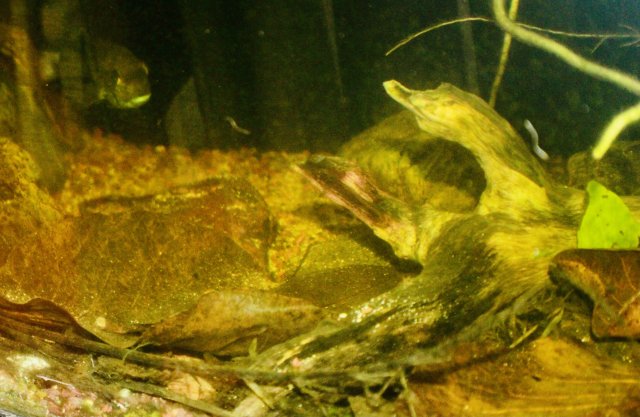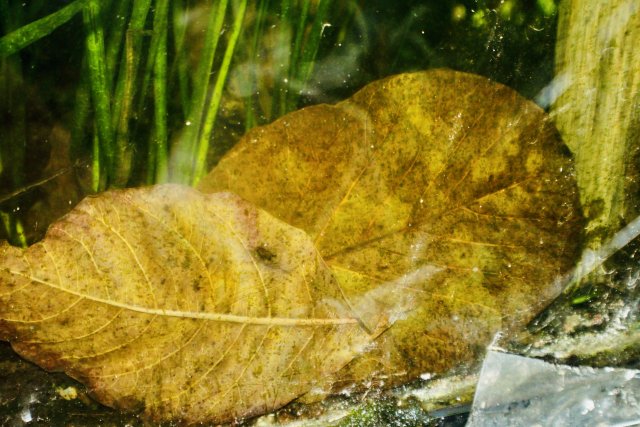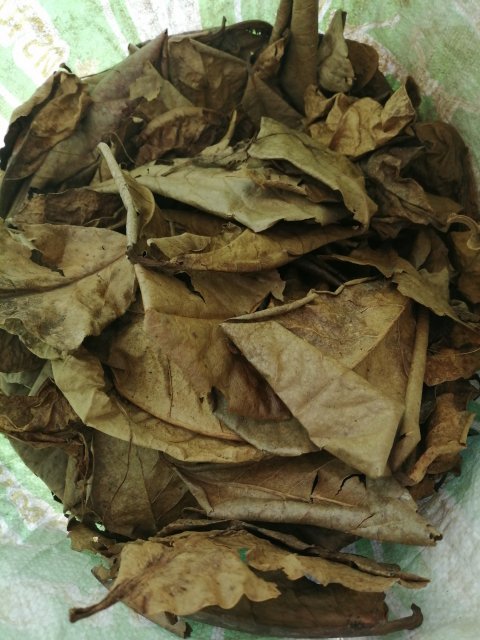I like your informal experiment. I actually started trying them after you mentioned them (I use Indian Almond leaves) in a post regarding a diseased anglefish I believe. I notice noticeable water yellowing in about 3-4 days. I put two leaves in a 110 gal tank and two in a 230 gallon tank. I found that the leaves erode significantly within about 2 weeks.What I'm trying to do is get an idea of how many almond leaves it might take before any change in color or in pH is noticed at all.
I realize, that if I put a bushel or two of leaves in the tank, it would probably happen like that.
There seems to be a lot of anecdotal ideas floating around about how "almond leaves" are the black water panacea, that they will alter pH, and people may be buying them, thinking this or that will absolutely happen.
By my doing it gradually, we my find out ( maybe not) if, or how much it will take in my average size 100-200 gal tank, with pH 8 water to do the job.
This may give an idea if its worth the trouble for someone who is mildly interested.
Since nothing has happened as of yet though, I may double up on on adding more, so as not to become boring.
It may be, to get a decent black water tint, I may need a bushel, or constant 3" layer of leaves covering the entire substrate.
This may or may not be what many aquarists think of, as an aesthetically type decor, and want to do to their tank.
There is some new research showing tannins are a normal and important part of most tropical species health.
For black water species this seems obvious, but the advantage for non-black water species may also be important.
I put the leaves in a sump as I don't need any more detritus in either tank. I am now replacing the leaves every 2 or 3 weeks and I now put them in a mesh bag. Do they help the fish? Not sure. Both tanks exhibit plenty of breeding behavior with oscars and pbass. Before and after using the leaves. I also wanted to test ph (informally with a ph probe tester I have). I will give it a try. I also have a kh test kit I will break out.
I do about 70-80% weekly changes. I do know that a day or two after a change the ph decreases a bit.
This was prior testing I did way before this leaf thing came up.
So yes your experiment is interesting to me.







